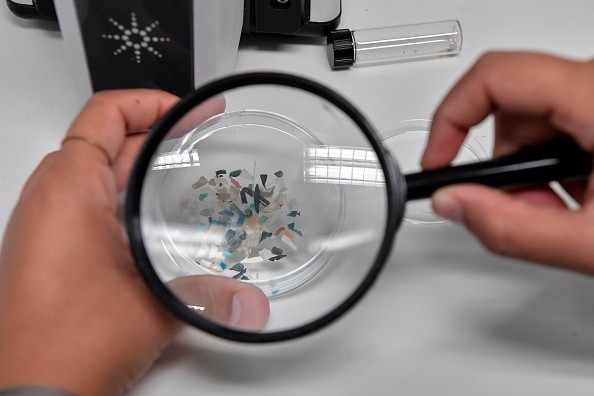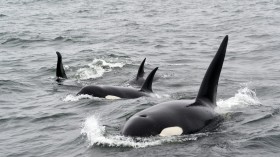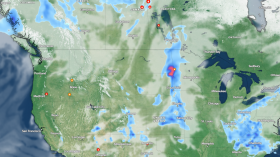Microplastics have been discovered in freshly fallen snow in Antarctica for the first time, potentially speeding up snow and ice melting and endangering the continent's unique ecosystems.

Discovering Microplastics in Fresh Snow
The researchers claim the microscopic microplastics, plastic particles smaller than a grain of rice had previously been discovered in Antarctic sea ice and surface water, but this is the first time they've been found in a fresh snowfall.
The research was published in the scientific journal The Cryosphere by University of Canterbury Ph.D. student Alex Aves, supervised by Dr. Laura Revell.
An Alarming Discovery
In late 2019, Aves took snow samples from the Ross Ice Shelf to see if microplastics had been transported from the atmosphere to the snow. There have been few investigations on this in Antarctica until then.
"We were hopeful that she wouldn't detect any microplastics in such a beautiful and secluded setting," Revell said. Aves was also directed to gather samples from the Scott Base and McMurdo Station highways, where microplastics had already been identified, so "she'd have at least some microplastics to investigate," according to Revell.
Plastic particles were identified in all 19 samples taken from the Ross Ice Shelf; therefore, that precaution was unneeded.
"Finding microplastics in new Antarctic snow is sad, but it demonstrates the breadth of plastic contamination into even the most distant corners of the earth," Aves said.
Also Read: For the First Time, Microplastics Contamination Has Been Detected Inside the Lungs
Microplastics Everywhere

From the pinnacle of Mount Everest to the depths of the seas, plastic contamination has been discovered. Microplastics are known to be eaten and breathed unknowingly, and a recent study indicated that the particles harm human cells. According to research published last year, airborne microplastics are "spiraling over the world."
Aves discovered an average of 29 microplastic particles per liter of melting snow, which is greater than previous marine concentrations detected in the Ross Sea and Antarctic sea ice.
Concentrations were roughly three times higher in samples obtained near the research bases on Ross Island, Scott Base, and McMurdo Station than in remote locations.
PET - the plastic typically used to create soft drink bottles and apparel - was the most common of the 13 forms of plastic discovered.
Although atmospheric modeling suggests they may have traveled thousands of kilometers in the air, Revell believes it's more likely that humans' presence in Antarctica has left a microplastic 'footprint.'
"We discovered a photo of several marker flags that are placed around the base for wayfinding...those colors matched the most often colored microplastics we detected in the environment."
Environmental and Physical Harms
According to Revell's previous study, microplastics in the atmosphere can trap radiation released by the Earth and contribute to climate change. She believes that dark microplastics on frozen surfaces might absorb sunlight and cause localized warming. Plastics may also be harmful to animals and plants.
"We're still learning a lot about the consequences, but what we know so far isn't good," she said.
Related Article: Scientists Creates Enzyme that Breaks Down Plastics Turning Centuries of Degradation Into Days
For more environmental news, don't forget to follow Nature World News!
© 2024 NatureWorldNews.com All rights reserved. Do not reproduce without permission.





